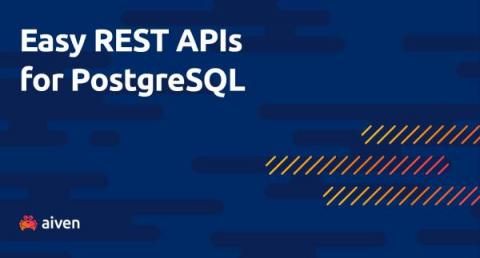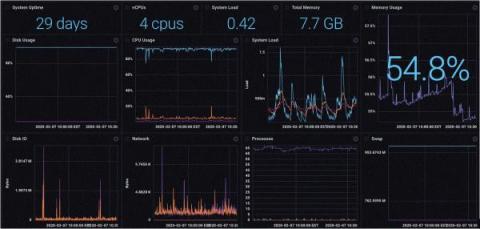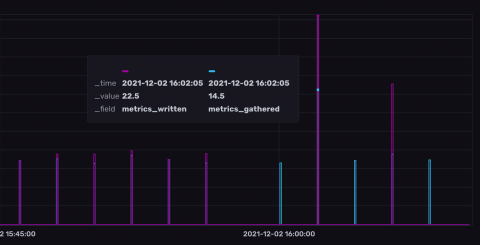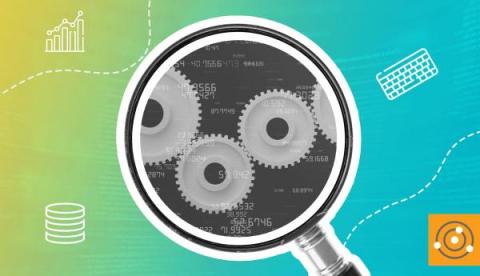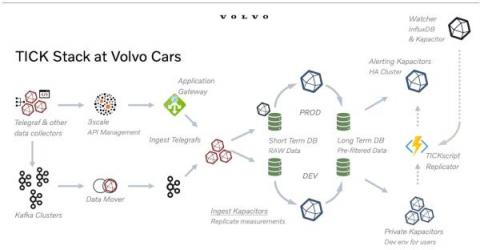Operations | Monitoring | ITSM | DevOps | Cloud
Analytics
AI-Powered Monitoring Could Have Saved Millions for Global Bank
As most people were preparing to celebrate the new year, the UK’s Santander Bank was dealing with a crisis. On Christmas day, roughly 75,000 people who received payments from companies with accounts at Santander Bank received a duplicate payment transaction. The total damage amounted to £130m, and recovery in these situations is a painful process for both the bank and its customers.
Flux Join Tutorial - Enrich Time Series Data with Data from PostgreSQL
In this tutorial you will learn how to use the Flux query language to enrich time series data stored in InfluxDB by combining it with metadata stored in a relational database.
How big data can bolster your company's risk management
In today’s world, data is collected at mind-boggling rates. People of all ages and backgrounds are almost constantly interacting with technology, allowing access to their names, ages, locations, content preferences and more.
Telegraf Best Practices: Config Recommendations and Performance Monitoring
Telegraf has reached the ripe old age of V1.21.2. Thanks to community feedback and contribution, there have been many features added over the years. Lately, I have seen these questions pop up. If any of these questions plague your mind, have no fear — this blog is here to help! Here are my golden rules for maintaining best practices when building your Telegraf solution.
What Is DataOps and How Does it Impact Data Management?
Operations Analytics - The Next Big Thing
Volvo Uses InfluxDB to Evolve Its DevOps Monitoring to Enable Data-Driven Decisions
Production delays or stoppages are the bane of any manufacturer. When you’re a global automaker like Volvo, even the smallest delays can have significant ripple effects. But not even global leaders are immune to IT issues. This was the situation Volvo faced several years ago. It had a legacy DevOps monitoring solution in place for the previous 15–20 years, but that system no longer met the company’s needs. On the surface, it seems like a robust system.
Big Growth Forecasted for Big Data
These are heady times to be in the big data business, with big growth predicted for the foreseeable future across several measures, including data generation and storage, market spending, and data analytics hiring. First, the growth of data shows no signs of slowing down. In fact, data creation leaped forward in 2020 thanks to the COVID-19 pandemic, according to IDC’s DataSphere and StorageSphere reports.


